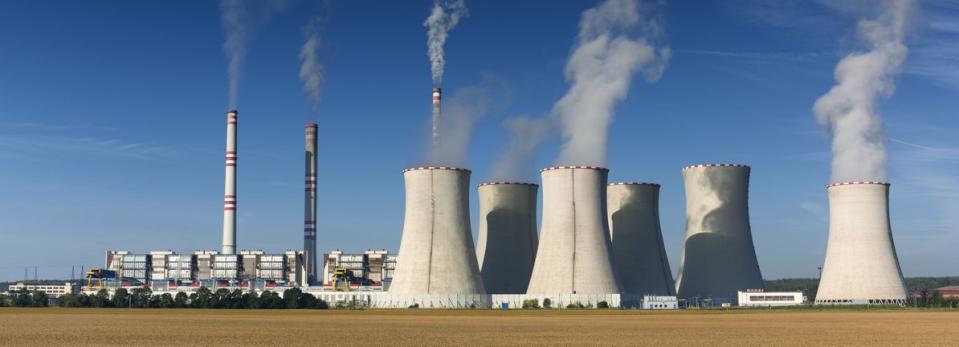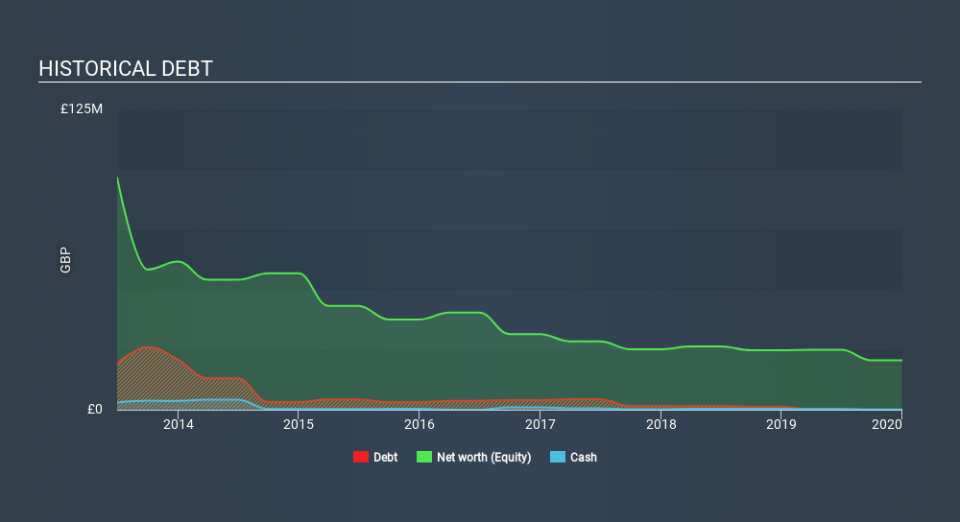Here's Why Rurelec (LON:RUR) Must Use Its Cash Wisely

There's no doubt that money can be made by owning shares of unprofitable businesses. For example, although Amazon.com made losses for many years after listing, if you had bought and held the shares since 1999, you would have made a fortune. But while history lauds those rare successes, those that fail are often forgotten; who remembers Pets.com?
So should Rurelec (LON:RUR) shareholders be worried about its cash burn? In this article, we define cash burn as its annual (negative) free cash flow, which is the amount of money a company spends each year to fund its growth. The first step is to compare its cash burn with its cash reserves, to give us its 'cash runway'.
See our latest analysis for Rurelec
Does Rurelec Have A Long Cash Runway?
A cash runway is defined as the length of time it would take a company to run out of money if it kept spending at its current rate of cash burn. In December 2019, Rurelec had UK£137k in cash, and was debt-free. Looking at the last year, the company burnt through UK£1.3m. So it seems to us it had a cash runway of less than two months from December 2019. To be frank we are alarmed by how short that cash runway is! Depicted below, you can see how its cash holdings have changed over time.
How Is Rurelec's Cash Burn Changing Over Time?
Rurelec didn't record any revenue over the last year, indicating that it's an early stage company still developing its business. So while we can't look to sales to understand growth, we can look at how the cash burn is changing to understand how expenditure is trending over time. As it happens, the company's cash burn reduced by 6.0% over the last year, which suggests that management may be mindful of the risks of their depleting cash reserves. Rurelec makes us a little nervous due to its lack of substantial operating revenue. So we'd generally prefer stocks from this list of stocks that have analysts forecasting growth.
How Hard Would It Be For Rurelec To Raise More Cash For Growth?
While Rurelec is showing a solid reduction in its cash burn, it's still worth considering how easily it could raise more cash, even just to fuel faster growth. Generally speaking, a listed business can raise new cash through issuing shares or taking on debt. One of the main advantages held by publicly listed companies is that they can sell shares to investors to raise cash to fund growth. We can compare a company's cash burn to its market capitalisation to get a sense for how many new shares a company would have to issue to fund one year's operations.
Rurelec's cash burn of UK£1.3m is about 41% of its UK£3.1m market capitalisation. That's high expenditure relative to the value of the entire company, so if it does have to issue shares to fund more growth, that could end up really hurting shareholders returns (through significant dilution).
So, Should We Worry About Rurelec's Cash Burn?
There are no prizes for guessing that we think Rurelec's cash burn is a bit of a worry. In particular, we think its cash runway suggests it isn't in a good position to keep funding growth. While not as bad as its cash runway, its cash burn reduction is also a concern, and considering everything mentioned above, we're struggling to find much to be optimistic about. Looking at the metrics in this article all together, we consider its cash burn situation to be rather dangerous, and likely to cost shareholders one way or the other. Taking a deeper dive, we've spotted 3 warning signs for Rurelec you should be aware of, and 1 of them shouldn't be ignored.
Of course Rurelec may not be the best stock to buy. So you may wish to see this free collection of companies boasting high return on equity, or this list of stocks that insiders are buying.
Love or hate this article? Concerned about the content? Get in touch with us directly. Alternatively, email editorial-team@simplywallst.com.
This article by Simply Wall St is general in nature. It does not constitute a recommendation to buy or sell any stock, and does not take account of your objectives, or your financial situation. We aim to bring you long-term focused analysis driven by fundamental data. Note that our analysis may not factor in the latest price-sensitive company announcements or qualitative material. Simply Wall St has no position in any stocks mentioned. Thank you for reading.

 Yahoo Finance
Yahoo Finance 
